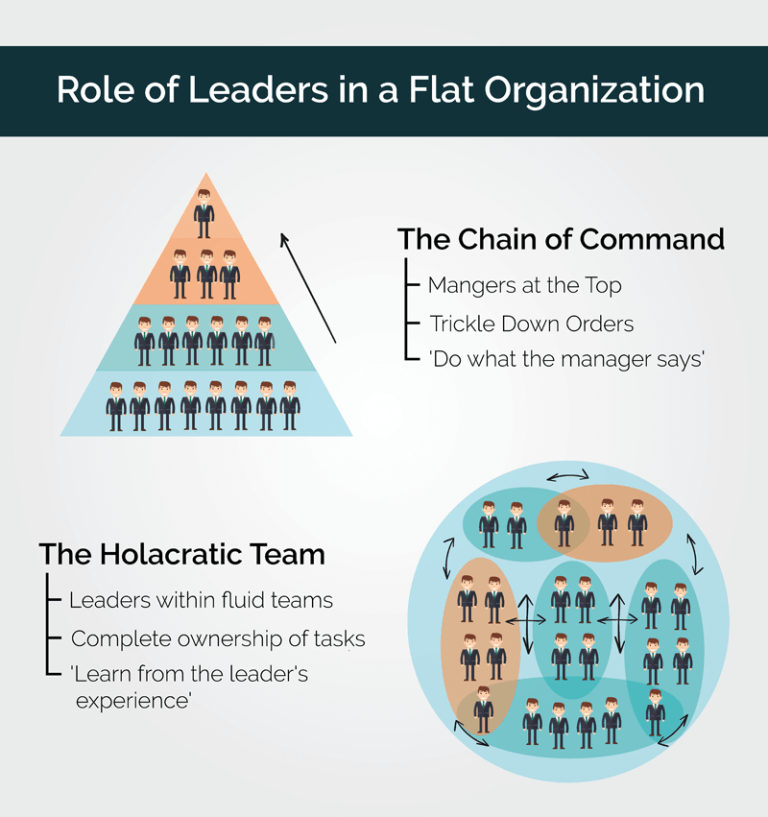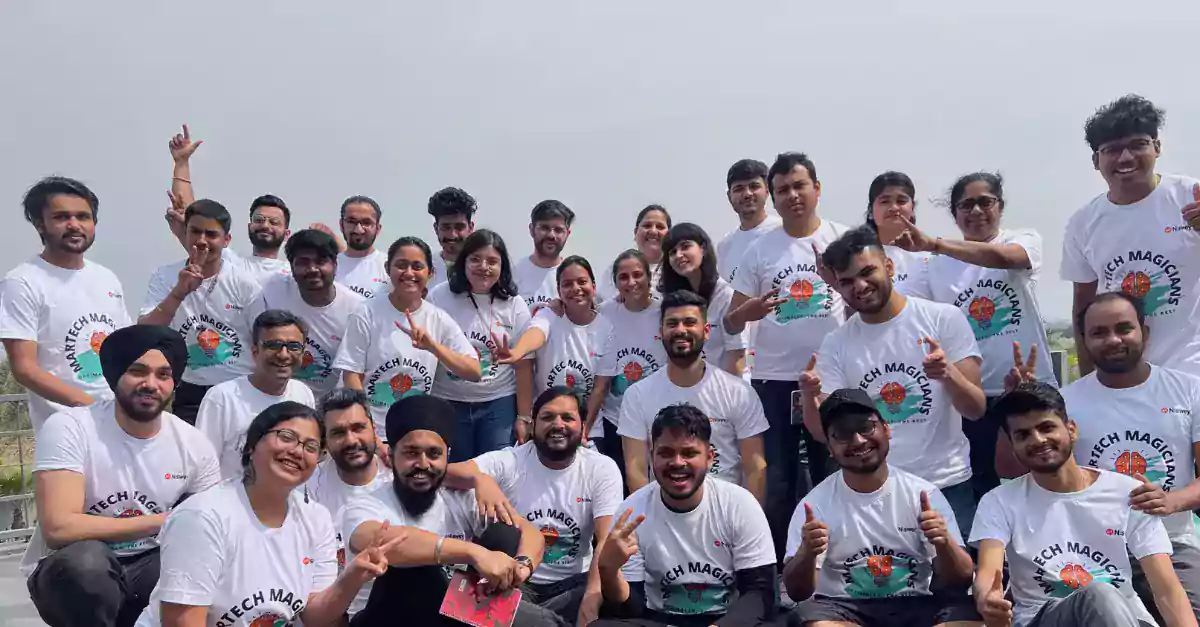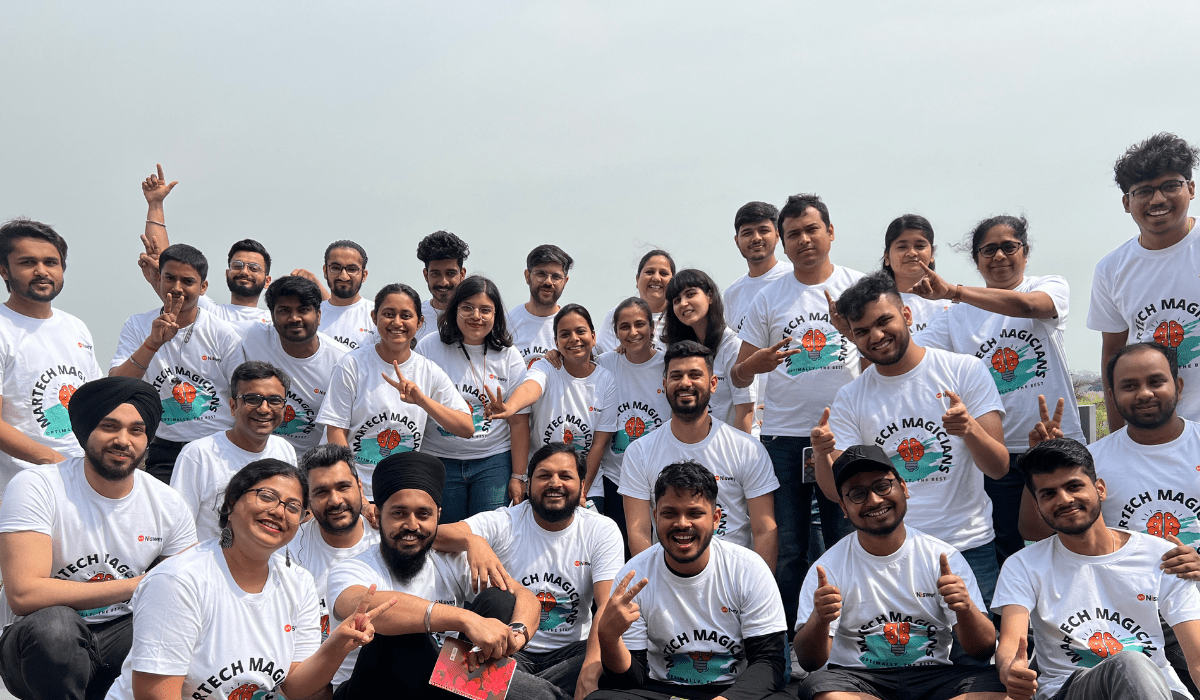Sometime back Buffer wrote on their blog what they got wrong about self management. In the blog they had explained how they implemented a flat organization structure and the mistakes they committed and learnings they have had while executing it. Quite a few organizations are trying to adopt this structure and hence the post got decent amount of engagement.
I had also commented and explained how we are implementing the same at Niswey.
(Looking at the feedback, I had later converted that into a blog on Niswey).
Apart from the “thanks for clarifying them” comments, recently I got a comment asking a few things:
“I Am Curious About Something, You Refer To Flat Organization But Then You Refer To Leadership: “The Leadership Has To ENABLE The People.” This Still Implies Some Level Of Tier Above The “Flat” Org. Not That Necessarily Moves The Resources But Guides The Organization And In That Case, This Feels Like It’s Still Only A Slightly Flatter Version Of What Buffer Is Doing.
I Love, Love, Love Your Commitment To Training In #6. Skills Improvement (Is) One Of The Things Most Orbs Fail To Invest In, Whether They Are A Pancake Or A Redwood Cedar In Terms Of Hierarchy.”
This gave me an opportunity to explain a common misconception about flat organizations and is the mistake that Buffer also committed. TL;DR: a flat organization doesn’t mean there are no ‘leaders’. What it means is that there are no ‘managers’ for managing other people.
And leaders are not suppose to manage others, but to help others grow into their role.
Detailed explanation below.
I must mention, we’re an agency, so everything I say below will be in terms of projects & clients and not necessarily for the organization as a whole. Which means various people have various goals which maybe unrelated to each other, unlike a product company like Buffer – where everyone would have the same eventual goal. Coming to the point now.
The way “leadership” works for us is (mostly) as a guide and not as a gatekeeper. So the people working on a (client) project:
- plan their own tasks and execute them too, while ensuring they are in alignment with the project goals and timelines
- have complete ownership and responsibility for implementing any new ideas or ongoing initiatives
- do not need approvals from leaders for creatives before being sent to the client
- get information/praise/flak directly from the clients instead of getting information filtered through a senior/manager
So what does the leader do?
Just like in any team or family, the juniors do take advice from their seniors. These seniors are the ones whom I am calling leaders here. And seniors are not people who have gray hair, they are defined (in people’s mind) by the relevant experience the other person has. So leaders are not defined by the number of years of work experience in someone’s CV.
Instead, we have specialists in all the areas we work in, be it content, branding, SEO, technology, design etc. These are people who have burnt their fingers in trying to master their domains. These people are our ‘leaders’. So the leader in content may have 10 years of experience in content but may still take advice from a person with 3 years of experience on SEO. After all, it’s always good to learn from the experienced, isn’t it?
The trainings I mentioned, play a key part in what I mean by enabling people. And these trainings are not just work related trainings, we enable people right from using Analytics to be better in terms of “business thinking” or “time management”, or even “visualization” for that matter! Basically anything that enables people to be a better version of themselves!
Trust this clarifies a lot of doubts. If not, please let me know, will be happy to go deeper and/or discuss in the comments section.













